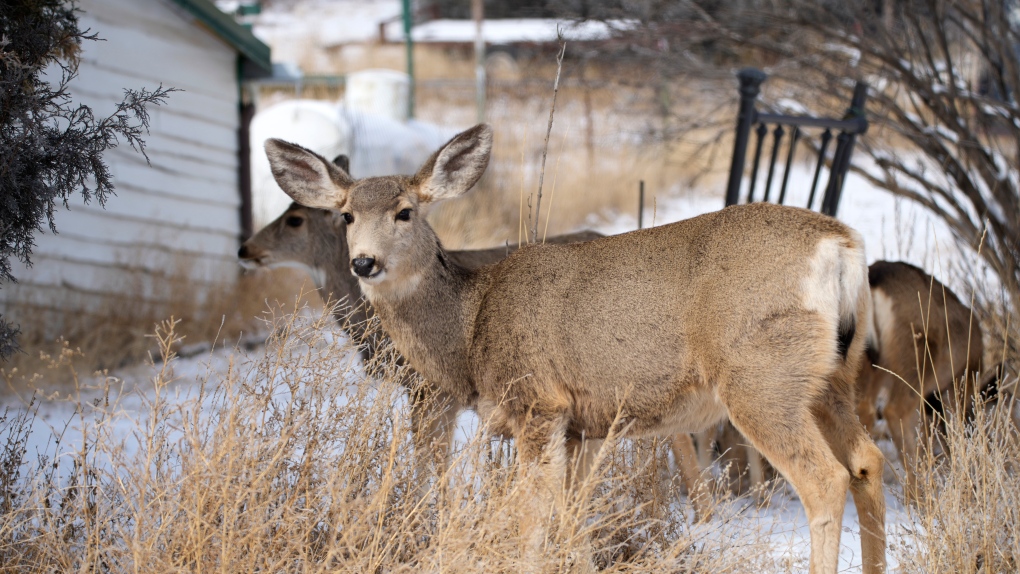New data reveals that the gender roles often associated with hunting and gathering practices may be inaccurate.
These findings, published in the peer-reviewed journal PLOS ONE, reveal that 79 per cent of women in foraging societies around the world are hunters, defying the common perception that men exclusively hunt for animals while women gather plants for food.
“Evidence from around the world shows that women participate in subsistence hunting in the majority of cultures,” write the study authors.
In order to find out if the commonly-believed gender roles hold up, the team of researchers from Seattle Pacific University looked at data from the past century from 63 foraging societies around the world, such as in North and South America, Africa, Australia, Asia and Oceania.
The data they examined for the study consisted of reports on what, when, and how hunting occurred in each cultural group.
Based on the available information, it was evident that women played a significant role in hunting —79 per cent of women —regardless of if they were mothers or not.
The researchers also looked at whether the women were hunting intentionally or opportunistically, finding that 70 per cent of the hunting was found to be intentional, and that they targeted games of varying sizes, but mostly went after larger game.
Meanwhile, women were found to be 100 per cent involved in hunting practices in societies where hunting is considered the most important subsistence activity.
Beyond this, it was also discovered that these women are quite invested in hunting. In fact, they were found to be actively teaching hunting practices and techniques in their societies, as well as using more of a variety of weapons and strategies than men.\
A previous study found that some women from various societies were found buried next to big-game hunting tools, suggesting that these women were hunting big game, like the men were.
“These data suggest that females not only prepare to hunt and actively pursue game, but also that they are skilled in the practice,” write the study authors. “This is supported by both the existence of a specialized toolkit, as well as distinct strategies compared to their male counterparts, potentially relating to different training regimes, as well as different cultural norms surrounding the hunting, processing, and eating of meat.”
This study is important for future work, according to the researchers, who say that the gender stereotypes of men as hunters and women as gathers has influenced past studies of archeology and the reluctance of examining tools thought to be used by women as legitimate hunting weapons.



















Discussion about this post